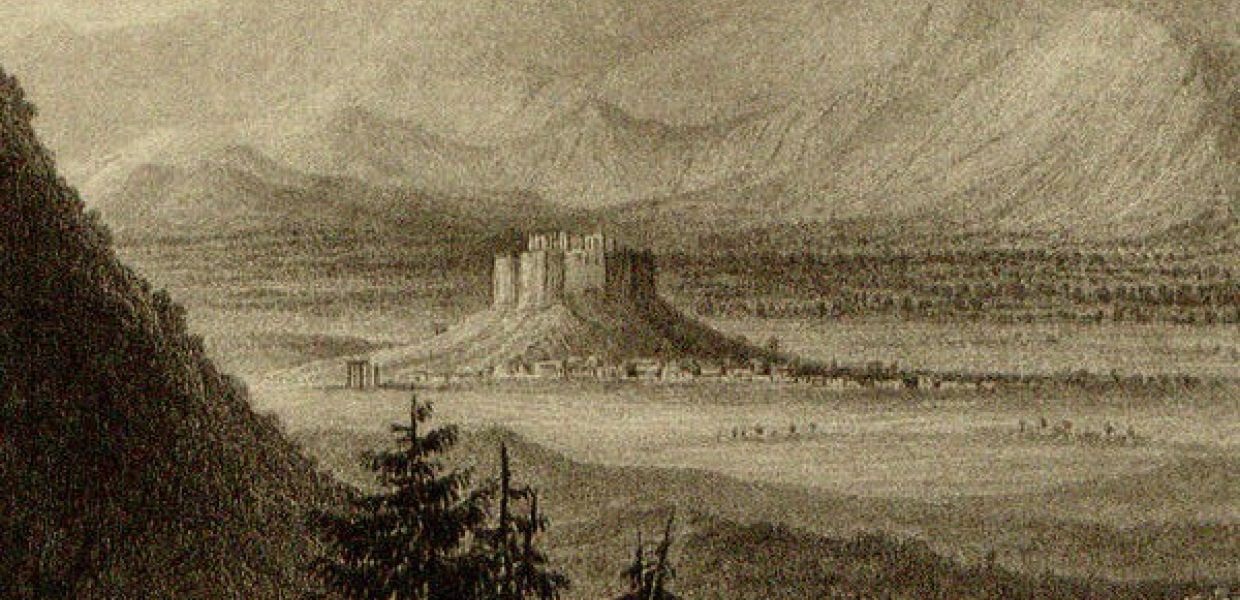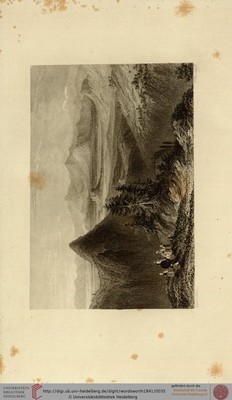Europeana and the International Image Interoperability Framework — an update

In a blog posted earlier this year we introduced the International Image Interoperability Framework (IIIF) and its potential benefits for Europeana, its community as well as its users. IIIF in particular offers a standard set of options to serve digitised pictures and allows users to rotate, zoom, select particular areas, and more.
Since our first post, we have progressed on the plans that we outlined back then. First of all, we officially joined the IIIF consortium as a founding member, which enshrines our commitment to the success of the technology and our will to contribute to its ongoing development.
Second, and more directly relevant for our stakeholders, we have begun incorporating IIIF in our service infrastructure. Providers can now incorporate IIIF resources in the metadata they send to Europeana using the Europeana Data Model (see Guidelines for submitting IIIF resources for objects in EDM). Europeana Collections will present them using a dedicated IIIF viewer, as with the digitised book from which the example below is taken. Naturally, the IIIF resources can also be found in the metadata exported through the Europeana API, making them available to a wider range of data re-users.
 |
 |
This is a key step towards providing users of Europeana Collections and the Europeana API with access to rich media resources from European cultural collections. We currently provide access to 24,800 IIIF-compatible objects from the University Library Heidelberg and e-codices, the Virtual Manuscript Library of Switzerland, hosted by the University of Fribourg. We hope this will encourage more data partners to start serving their images through IIIF, and will help further the effort and facilitate the adoption of IIIF by cultural organisations and the sharing of their IIIF resources through our services.
That's why Europeana is hosting this Fall's IIIF technical working group that discusses the development of the IIIF technology, and helping with a public IIIF outreach event at the Rijksmuseum today.
Should you be interested in IIIF in general, please contact us, or directly join the IIIF community!
